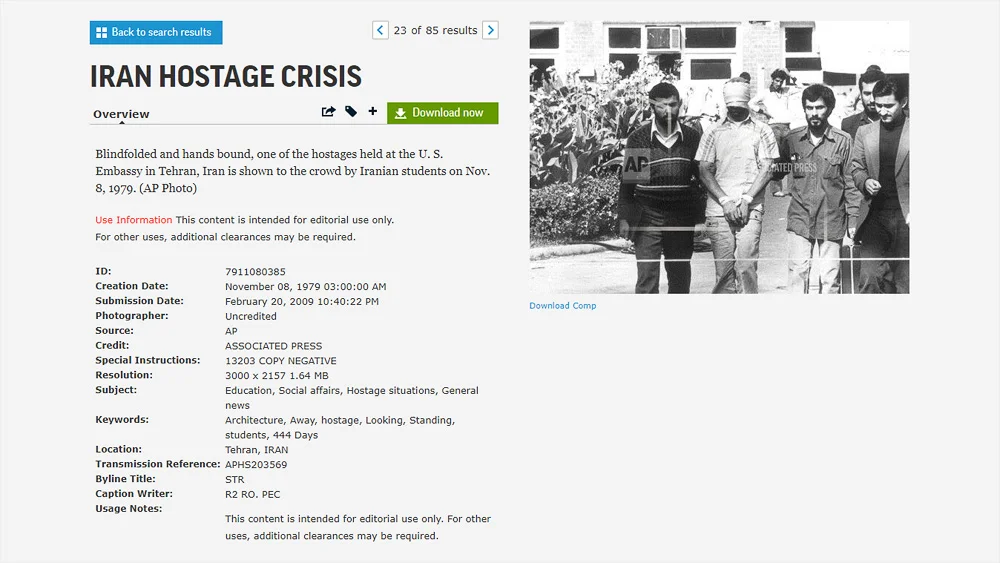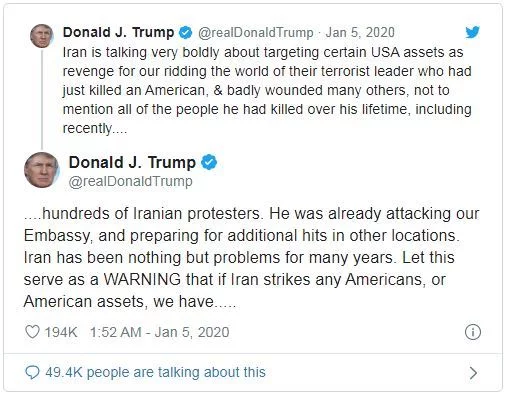Donald Trump claims that after the seizure of the American embassy in Tehran on November 4, 1979, Iran held 52 American hostages for 444 days and that Qassem Soleimani was involved. Let's find out if this is true.
It all started on January 3 with the assassination of Iranian General Qassem Soleimani. Iran began to threaten a symmetrical response, that is, a strike on American targets. After this, Trump burst out with a tweet in which he warned: if Iran attacks Americans or American targets, then the United States will respond by attacking 52 Iranian targets. These goals, according to the American president, are very significant for Iran and Iranian culture.
In addition, Trump explained: the choice of the number 52 is not accidental, but symbolic. The fact is that Iran held exactly the same number of American hostages for 444 days after the seizure of the American embassy in Tehran on November 4, 1979. And Soleimani began serving in the Islamic Revolutionary Guard Corps exactly that same year.
Social media immediately reacted to Trump's tweet. One of the users launched a meme that quickly became viral with a photograph depicting these events. The photo, second from the right, allegedly shows a young Soleimani holding one of the hostages. According to the caption, Soleimani deserved to die for a long time.
That's all true, but not quite. There are no questions about the photograph: it was taken in 1979 by a photographer from the Associated Press agency. But the original photo has no captions.
And the fact that it depicts Soleimani seems to be simply fake. On the one hand, there is no information confirming this version. On the other hand, there is a lot of indirect information that refute it.
The American embassy in Tehran was seized by 400 Muslim students, and Soleimani was never a student. According to a lengthy New Yorker profile, before joining the Islamic Revolution, he worked in the water department of his hometown of Kerman. And soon after the victory of the revolution, he was sent to the north-west of Iran to suppress the rebellious Kurds.
The photo was taken on November 8, 1979, so Soleimani had no real chance of being in it. But to answer another important question, whether Soleimani was really actively developing plans to attack American diplomats and military personnel in Iran and throughout the region, as the Pentagon stated, we do not yet have enough data.
Mostly lies
Read on topic:
If you find a spelling or grammatical error, please let us know by highlighting the error text and clicking Ctrl+Enter.









